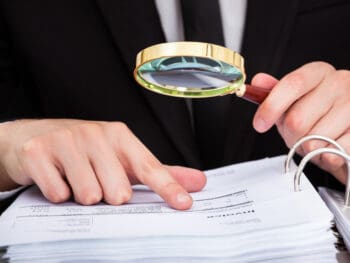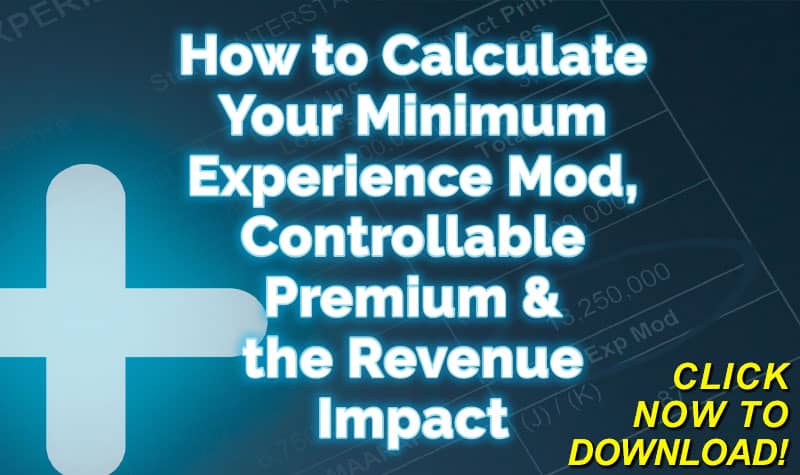If your company is considering placing its general and/or auto liability with your worker’s compensation third-party administrator, you want to ask: “How does my TPA handle these five areas?” before you decide.
1- Loss Reporting
Your TPA must report losses in a timely manner by contacting all involved parties. Prompt, quality contact results in a reduction of claimant representation and litigation. If warranted, the TPA conducts prompt investigations. Together, these two aspects of loss reporting result in a reduction of over all claim costs.
2- Claim Assignment
An effective assignment process ensures the proper handing of claims at the appropriate technical level.
Your TPA practices a team approach to claim management by distributing the work to the most appropriate level of technical expertise in order to gain the highest possible efficiency.
Assignment Procedure
Look for a TPA using this process when a receipt of the loss notice is received from the call center, fax or e-mail.
First, a conduct a supervisory evaluation for coverage issues, complexity, severity of injuries and/or property damage, location of loss, investigative needs, and other special concerns.
Then, based on the initial information available on the above issues, assign the claim.
1. Where claims examiners are designated to handle claims for a particular account or program, assignment is to those designated claims examiners.
2. First- and third-party claims not involving bodily injury or complex legal issues are assigned to a claims examiner with the necessary claims handling experience.
3. First- and third-party claims involving coverage issues, questionable liability, legal issues, uninsured/underinsured motorists and bodily injury are assigned to a claims examiner with a higher level of experienced to ensure appropriate handling.
Be aware, claims classification and examiner assignment can change during the life of the claim if a significant change in complexity level occurs.
3- Coverage Verification
TPA verification efforts confirm all clients have a valid contract. Verify the validity of the client’s policy of insurance with the carrier, confirming client name, limits of coverage and effective dates. Coverage issues are recognized, investigated and addressed with the carrier.
After review of coverage information, the claims examiner opens and documents in file notes within 72 hours/three business days of receipt of the claim:
1. Carrier information.
2. Carrier underwriting company.
3. Policy number and policy effective dates
4. Accident state is a covered state.
5. Policy limits and applicable endorsements, if available.
If the examiner discovers any possible coverage issues:
1. Notify the carrier, as appropriate, in accordance with the carrier agreement.
2. Investigate coverage issues in accordance with the carrier agreement.
3. At the carrier’s direction, draft reservation of rights or disclaimer letters.
4. Review the client and carrier special handling instructions.
4- Quality Contacts
For contacts to be described as quality they must take place on time, result in establishing and maintaining effective communication with all key parties to the claim in order to facilitate investigation, determine liability and damages, and maintain control of the claim.
Initial Contact
1. Following receipt of the loss to your TPA, the claims examiner makes appropriate contacts by the end of the next business day. I.e., if the loss is reported on Monday at 10 a.m., the contact is made no later than 5 p.m. on Tuesday.
2. If a claimant cannot be reached within one business day, a letter is sent asking the claimant to call.
3. The claim examiner makes at least two additional telephone attempts to contact the applicable parties within five business day following receipt of the loss to the TPA. A letter is sent when the parties cannot be reached.
4. It’s a good idea to send letters, return-receipt-requested. Not only does this confirm receipt of your letter, but it also will notify you if the claimant is not at the address of record. People frequently move without notifying personnel.
Ongoing Contacts
Ongoing contacts with the pertinent parties to the claim tales place throughout life of the claim. Detail all contact efforts in file notes. Vary contact calling times in an effort to increase the chance of a successful contact. Significant changes in the claimant’s condition should be documented in the claim notes.
5- Investigation
A prompt, thorough investigation provides the framework for timely analysis of coverage, compensability, effective claim management, pursuit of cost-containment opportunities, and the timely resolution of claims.
The scope of the investigation takes into consideration the type of accident and claim complexity.(workersxzcompxzkit)
Identification and investigation of potential subrogation maximizes recovery potential and reduces client/carrier loss cost. All claims with potential subrogation are handled by a claims examiner who teams with a licensed subrogation partner to evaluate and pursue recovery opportunities.
When I toured the Broadspire (formerly called Crawford & Co) facilities several months ago, I noted they have an impressive array of services that covers all the bases listed above. Sometimes companies don't make as many detailed inquiries in their RFP for GL & Auto as they do for workers' comp, so this list is intended to provide insight to companies preparing their RFP for GL/Auto, as well as, work comp.
Author: Rebecca Shafer
Podcast/Webcast: How To Prevent Fraudulent Workers' Compensation Claims Click Here http://www.workerscompkit.com/gallagher/podcast/Fraudulent_Workers_Compensation_Claims/index.php
Try the FREE WC IQ Test: http://www.workerscompkit.com/intro/
WC Books: http://www.reduceyourworkerscomp.com/workers-comp-books-manuals.php
TD Calculator: www.reduceyourworkerscomp.com/transitional-duty-cost-calculator.php
WC Calculator: http://www.reduceyourworkerscomp.com/calculator.php
WC Books: http://www.reduceyourworkerscomp.com/workers-comp-books-manuals.php
TD Calculator: www.reduceyourworkerscomp.com/transitional-duty-cost-calculator.php
WC Calculator: http://www.reduceyourworkerscomp.com/calculator.php
Do not use this information without independent verification. All state laws vary. You should consult with your insurance broker or agent about workers' comp issues.
©2009 Amaxx Risk Solutions, Inc. All rights reserved under International Copyright Law. If you would like permission to reprint this material, contact Info@WorkersCompKit.com

















